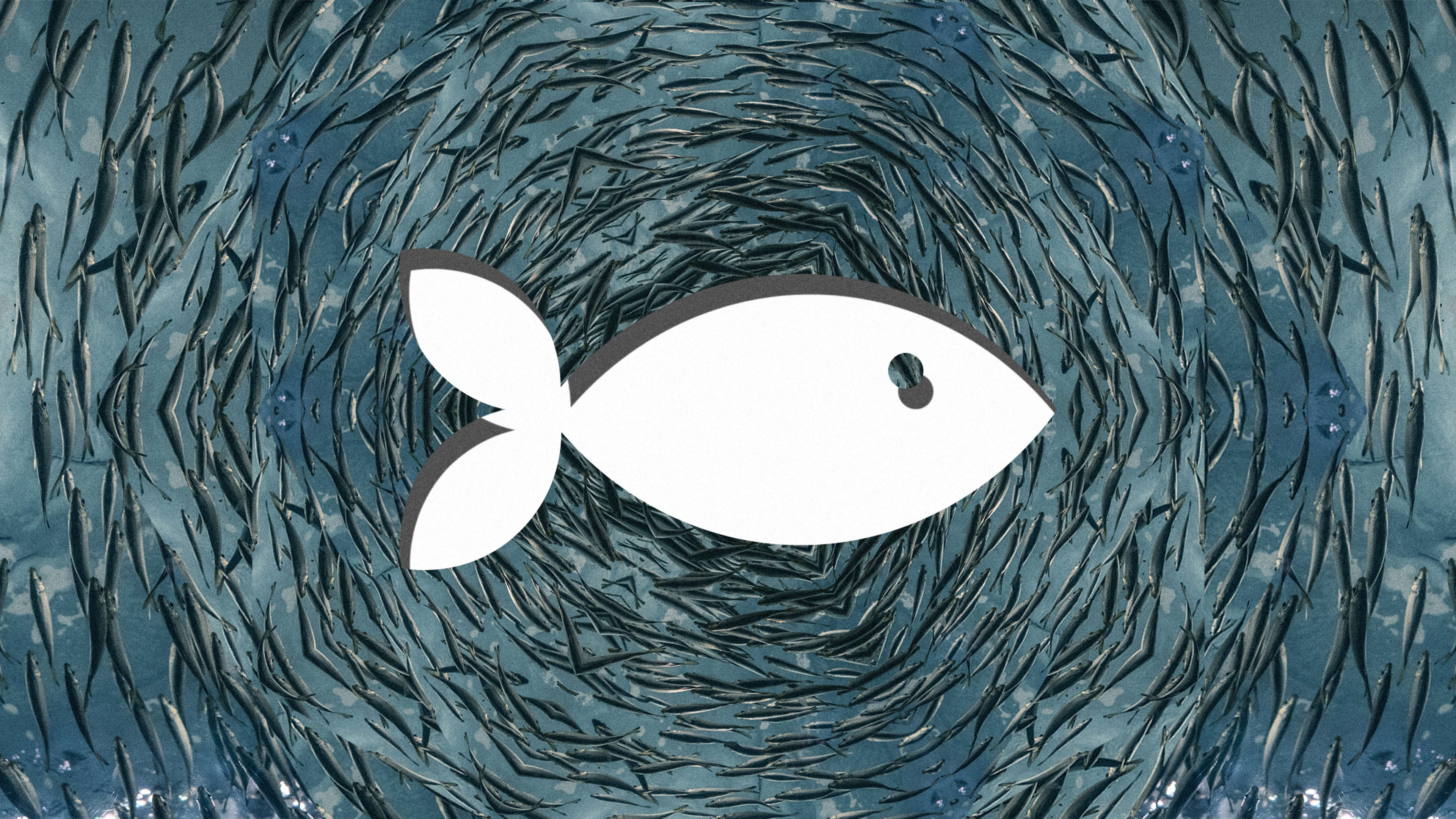The world population is expected to grow by at least 2 billion people between now and 2050. That’s going to take a lot more food, and our appetites are already having planetary consequences: Raising cattle for food is huge source of emissions, and we’ve done enormous damage to ocean ecosystems with our fishing.
But at least 3 billion people around the world already eat primarily fish as their main source of protein, so simply hanging up our hooks and declaring the oceans off-limits will be difficult. Instead, a new report recommends how to rebuild a sustainable fishing industry–and notes that finding better ways to produce fish could be a lucrative opportunity for investors.
A report entitled Towards a Blue Revolution from The Nature Conservancy and Encourage Capital, an impact investment company, recommends three things to create a successful and sustainable fish-farming industry in the U.S.: land-based fish tanks, farming big fish like salmon in the sea, and rapidly expanding farming operations for shellfish and seaweed. “One of the top things we’re doing as an organization is to try to find solutions to feeding 9 billion people on the planet by 2050 in the most sustainable way possible,” says Robert Jones, the global lead for The Nature Conservancy’s aquaculture program.
The global aquaculture sector is already valued at$243.5 billion. It’s also growing at a rate of about 6% annually. “By our calculations, it’s going to take about $150 billion to $300 billion in investments and capital alone to meet the demand for seafood by 2030,” Jones says. “This is a very big market opportunity, and a very big opportunity for conservation if we can direct the capital into the more sustainable production systems.”
Land-based fish production, technically called recirculating aquaculture systems, involves farming fish in giant pools. “Basically you are growing fish in tanks on land using advanced filtration technology to filter the waste,” Jones says. The closed container ensures no grime or fish escape into nearby waterways. The water can be treated to remain “as good or better” than when it was pumped in, and they can be located closer to major markets to cut transport costs. That’s especially important in the U.S., because 90% of our current seafood supply is imported.
When fish are raised in the sea, it’s typically done close to shore, where shallow water and poor water flows can lead to disease and water contamination from all the effluent (fish poop). Relocating to deeper water with stronger currents means better diffusion–something that could also stave off animal sickness and parasites. “The new science on this is showing that water quality impacts beyond 90 meters from [these farms] is generally highly reduced, and some of the most recent studies coming out are showing that there is no measurable impact on water quality around these farms when they’re offshore, which is pretty remarkable,” Jones says.
RAS and offshore fish farms currently represent less than 1% of all fish production, but the price and learning curve for both is dropping. The initial capital expense for RAS, for instance, has decreased from 400% more than traditional coastal net or inland pond operations to between 15% and 50% of those operations, Jones says, depending on species and scale.
Then there are bivalves and seaweed. Jones calls these the “superheroes” of food production. “[They] have these unique properties that can provide ecological benefits to the surrounding environment.” For example, oysters typically filter out nitrogen from the waterways in which they live. Seaweed does the same for nitrogen and carbon dioxide while providing a shoreline buffer against rough seas and habitat for more species to live–and more people are thinking up clever ways to get it into people’s diets.
Can the farm of the future be a fish farm? It might have to be: “Aquaculture has been shown to have 10% of the greenhouse gas emissions of beef when it’s done well, and 50% of the feed usage per unit of production as beef,” says Jones.
Recognize your brand’s excellence by applying to this year’s Brands That Matter Awards before the early-rate deadline, May 3.
